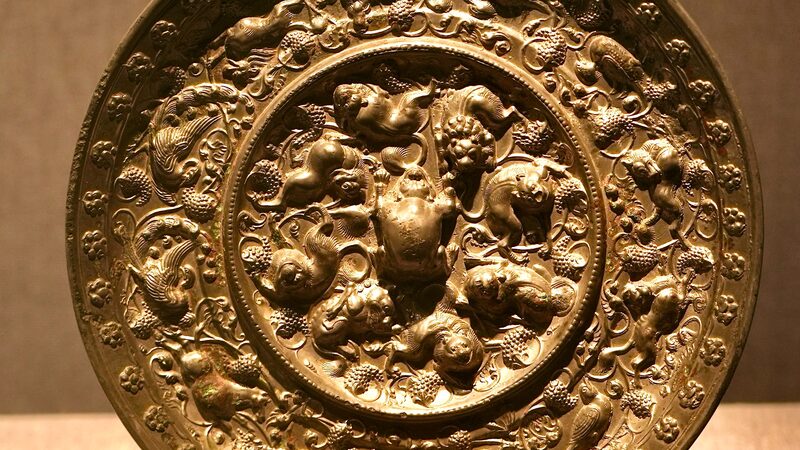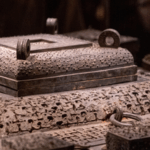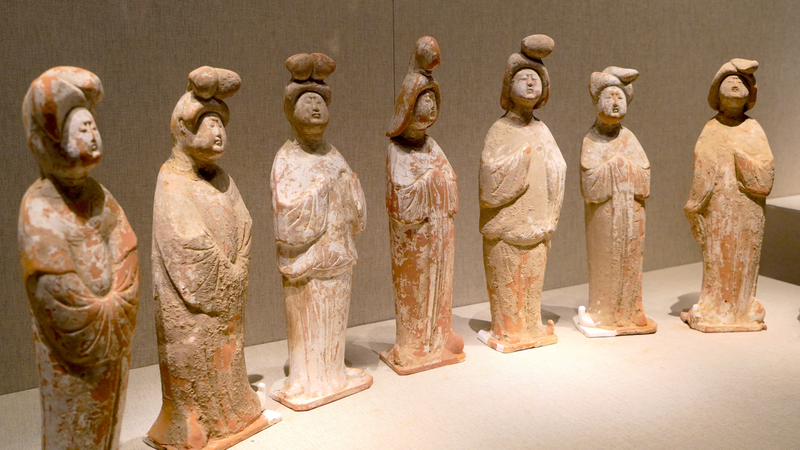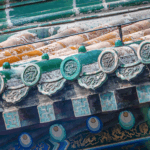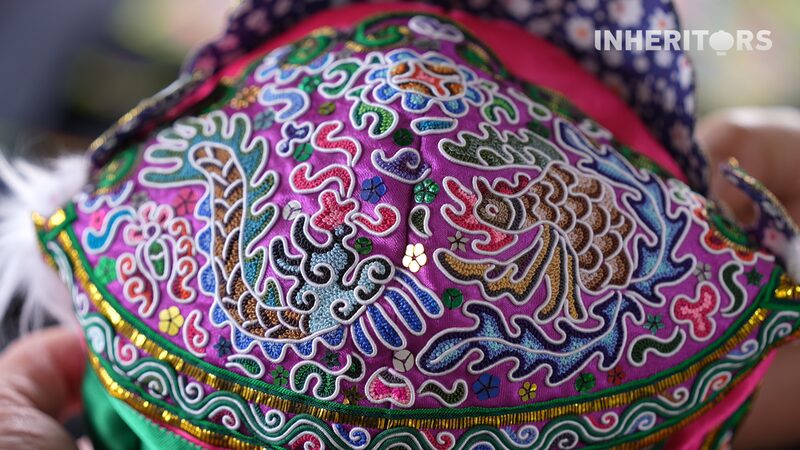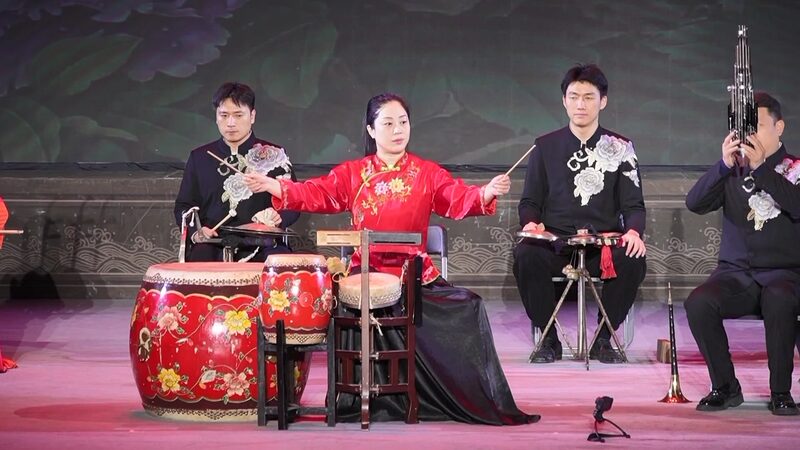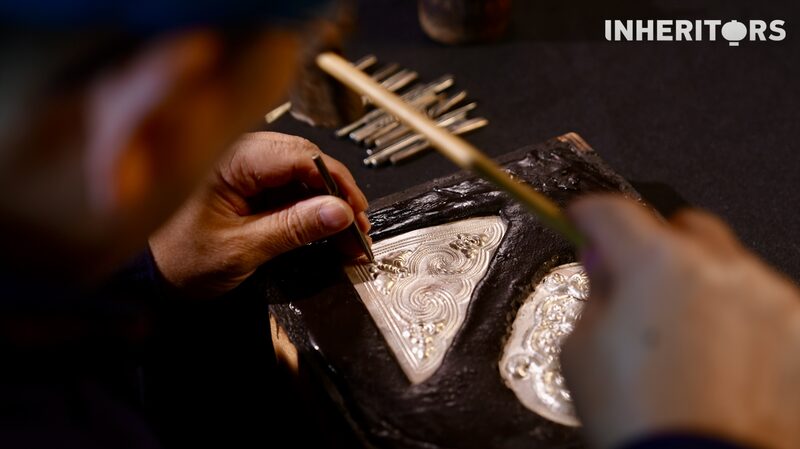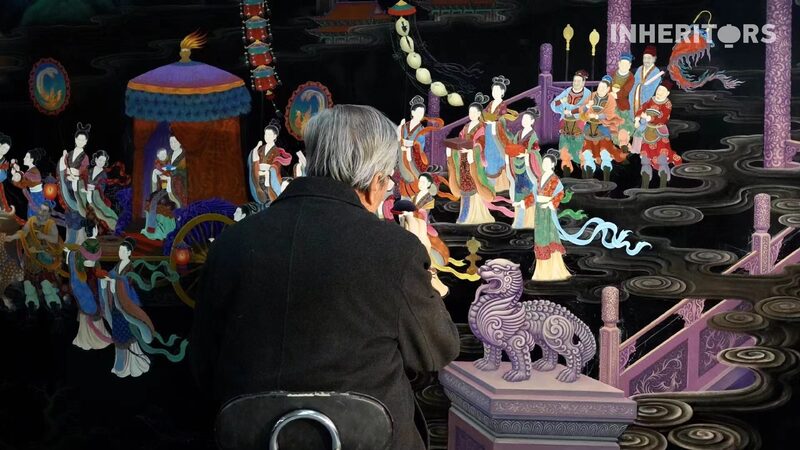Over two millennia ago, artisans began crafting hand mirrors from polished bronze, creating objects that were both functional and beautiful. By the time the Tang Dynasty flourished, around 700 years later, these bronze mirrors had transcended their practical purpose. They became symbols steeped in cultural significance, reflecting the values and aspirations of a vibrant era in Chinese history.
The evolution of the mirror’s design during the Tang Dynasty is a testament to the artistic innovation of the time. Mirrors were no longer just flat reflective surfaces; they were meticulously decorated with intricate patterns, inscriptions, and motifs depicting mythical creatures, floral designs, and celestial bodies. These embellishments were not mere ornamentation—they imbued the mirrors with symbolic meanings representing perfection, fortune, and unity.
Bronze mirrors were cherished as auspicious gifts, especially in matrimonial ceremonies. Giving a mirror to newlyweds symbolized wishes for a harmonious and prosperous union. The mirror’s reflective property was seen as a metaphor for self-awareness and truth, qualities essential for a lasting relationship. Furthermore, these mirrors served as diplomatic gifts to foreign dignitaries, acting as tokens of friendship and cultural exchange between civilizations.
The significance of bronze mirrors in the Tang Dynasty extends beyond their aesthetic appeal. They offer a glimpse into the societal values and technological advancements of ancient China. The craftsmanship required to produce such finely polished and decorated mirrors demonstrates the high level of metallurgical expertise and artistic sensibility of the period.
Today, bronze mirrors from the Tang Dynasty are invaluable artifacts displayed in museums around the world. They continue to fascinate historians, art enthusiasts, and cultural explorers, providing insight into the rich tapestry of Chinese heritage. The mirrors not only reflect the faces of those who once gazed into them but also the enduring values and beliefs of an era that greatly influenced East Asian civilization.
Reference(s):
cgtn.com
